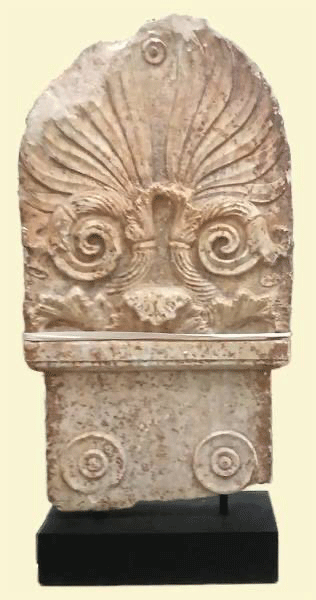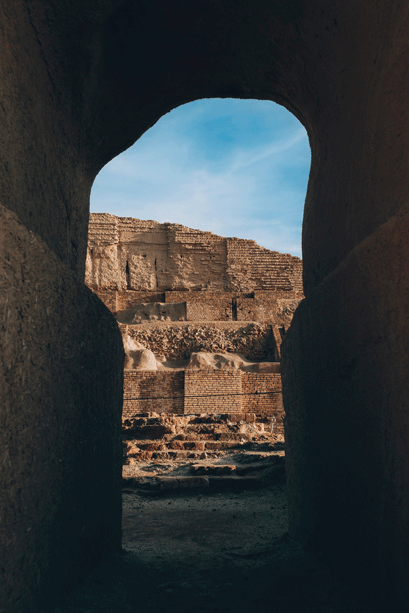Historical artifacts immortalize certain events, circumstances and civilizations. Trade and colonization paved the way for transferring artifacts from one place to another.
Because of their rarity, these relics of the past contain a multitude of stories and are of irreplaceable value. And it is due to their irreplaceable status that looters, collectors and antiquity dealers are very invested in acquiring artifacts.
Now, many countries have vowed and created a network to protect these historical artifacts, aligning with the United Nations Sustainable Development Goals (SDGs) on Peace, Justice, and Strong Institution, and Partnership for the Goals.

Understanding the motivations of the people who engage in the exchange of looted goods is important to contextualize the situation. First and foremost, buying looted items is directly proportional to increasing the demand. Most historical artifacts are attained through stealing from archaeological sites or from museums which disrupt the conservation of such items.
The Middle East Institute states, “The reasons behind this large-scale loss of antiquities are poverty, greed, and ignorance.”
The rising cost of living in historically rich places is driving the locals to loot and sell historical items to the black market. Citizens are disconnected from the significance of these items and only want fast, short-term results that can possibly benefit them.
Additionally, global crises influence the demand for looted goods such as what was seen during the Arab Spring in 2008 where museums and storage units were targeted. Currently, looters and thieves use the volatile economic market and the COVID-19 pandemic as a reason to drive sales online.

The Antiquities Trafficking and Heritage Anthropology Research (ATHAR) Project, an organization that investigates the digital exchanges of looted artifacts, picked up a spike in the supply and demand chain of looted artifacts during the pandemic. They attribute this to the prolonged lockdowns, curfews and lower security in closed museums or archaeological sites.
The anonymity offered by the Internet allows looters and middlemen to sell and move illicit antiquities faster without raising any suspicions.
In their recent report, ATHAR disclosed, Facebook’s ‘Groups’ feature, which allows users to create and control a contained network of individuals with “shared interests,” has become a facilitator for the expansion of antiquities trafficking networks. The groups provide a seamless environment for digital interactions and cross-border networking between users interested in buying and selling antiquities, allowing them to communicate efficiently and discretely.”

Technology is a double-edged sword used by both opposing forces. It was stated in a USNews article that, “thieves are using the anonymity of the internet to sell stolen relics, while authorities are using cutting-edge tools to assess the damage to plundered sites and raise awareness of stolen works.”
Project Archaeology mentioned that “Facebook once served as an online marketplace for motivated sellers and interested buyers, but in 2020 it announced a new policy that would prevent future trading on the site.”
The awareness of such conflicts and the advancement of technology furthers the protection of historical artifacts. An essential feature of technology is that it allows the monitoring of damaged sites through satellite images.

Moreover, technology is currently scattering information about the perils of looting. There exists a lot of helpful research data about the issue that permits individuals to learn about the state of historical artifacts.
Recently, Interpol launched an app that has a database of stolen art that guides buyers on what not to buy, and to potentially recover stolen artifacts.
